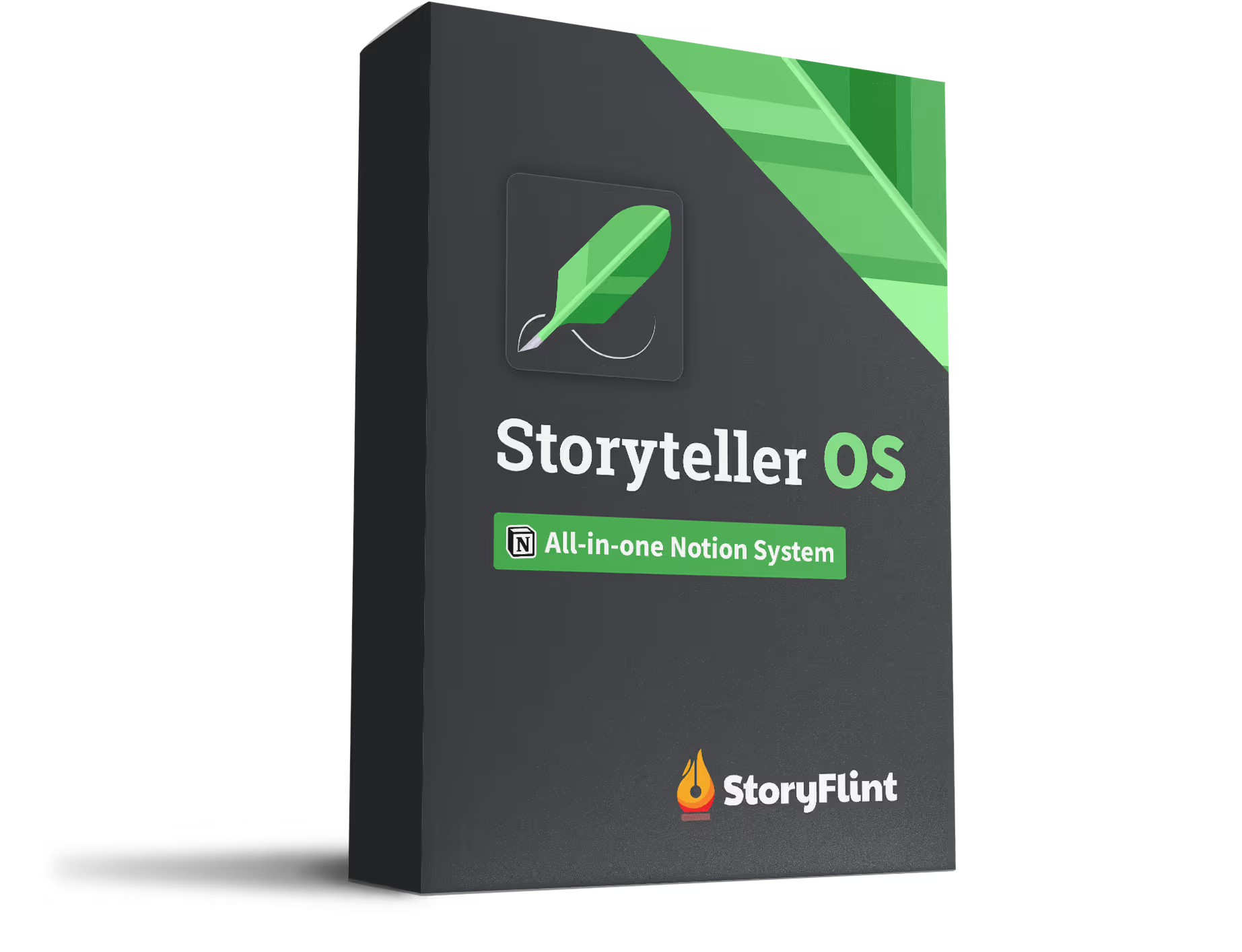Why Most Chapters Fall Flat
You finish writing a chapter/scene and it technically checks out. There's a beginning, middle, and end—but something still feels off.
Maybe it drags. Maybe it ends with a shrug. Maybe you're not even sure what changed.
That's where the Scene Sandwich Method comes in. It’s a simple structure to help you write scenes that hold up your story—not just fill space.
Think of it like building a really good sandwich. You need structure, flavor, and something that makes people want to take another bite.
The Three Layers of the Scene Sandwich
Top Bread: The Setup
This is where you set expectations.
Who’s in the scene? What do they want? Where are we?
We’re not looking for a two-page table setting. But the audience should know what’s at stake.
Think of this like teeing up the action.
The Filling: Conflict or Revelation
This is the good stuff. The argument. The discovery. The choice.
Your character is doing something here—pursuing a goal, running into trouble, uncovering a truth.
This is what makes a scene worth showing instead of just summarizing.
Bottom Bread: The Reaction and Decision
Don’t just end a scene on the big moment and walk away.
Give us a beat to see how your character reacts. What does this mean for them? What will they do next?
This layer creates a smooth transition into the next scene and keeps the emotional thread intact.
Make Every Scene Do Double Duty
Don’t waste scenes.
If a character’s just walking across town, layer in something more:
- Reveal backstory
- Show character relationships changing
- Drop in worldbuilding detail
- Set up a future twist
A sandwich isn’t just meat—it’s everything working together. Same with story.
Why This Method Works
Most “meh” chapters fall apart because they only do one thing: plot or emotion. Not both.
The Scene Sandwich forces you to build in both. It gives your story pace and depth.
Want help tracking which scenes move the plot and which deepen the characters? Use the Storyteller OS to map it all out and avoid story bloat.
Want to Take This Further?
If you're ready to master scenes that not only hold their own but drive your story forward, this article on how to write a scene is your next stop.
It breaks down the anatomy of a scene—goal, conflict, stakes, and change—and shows you how to build moments your audience actually cares about.




